German shepherds are exceptional family pets and loyal companions, characterized by their striking appearance, athletic build, and memorable ears. A less-known but equally intriguing aspect is their wide range of coat colors, which extends beyond the typical black and tan commonly associated with the breed.
German Shepard Coat Colors from Rarest to Most Common
1. Liver
Liver German shepherds are distinct with their rich brown coats. This color can appear solid, or in combinations of liver and tan or liver and white, a result of a specific gene combination (‘bb’ at the ‘B’ locus) that replaces the black pigment in their coat.
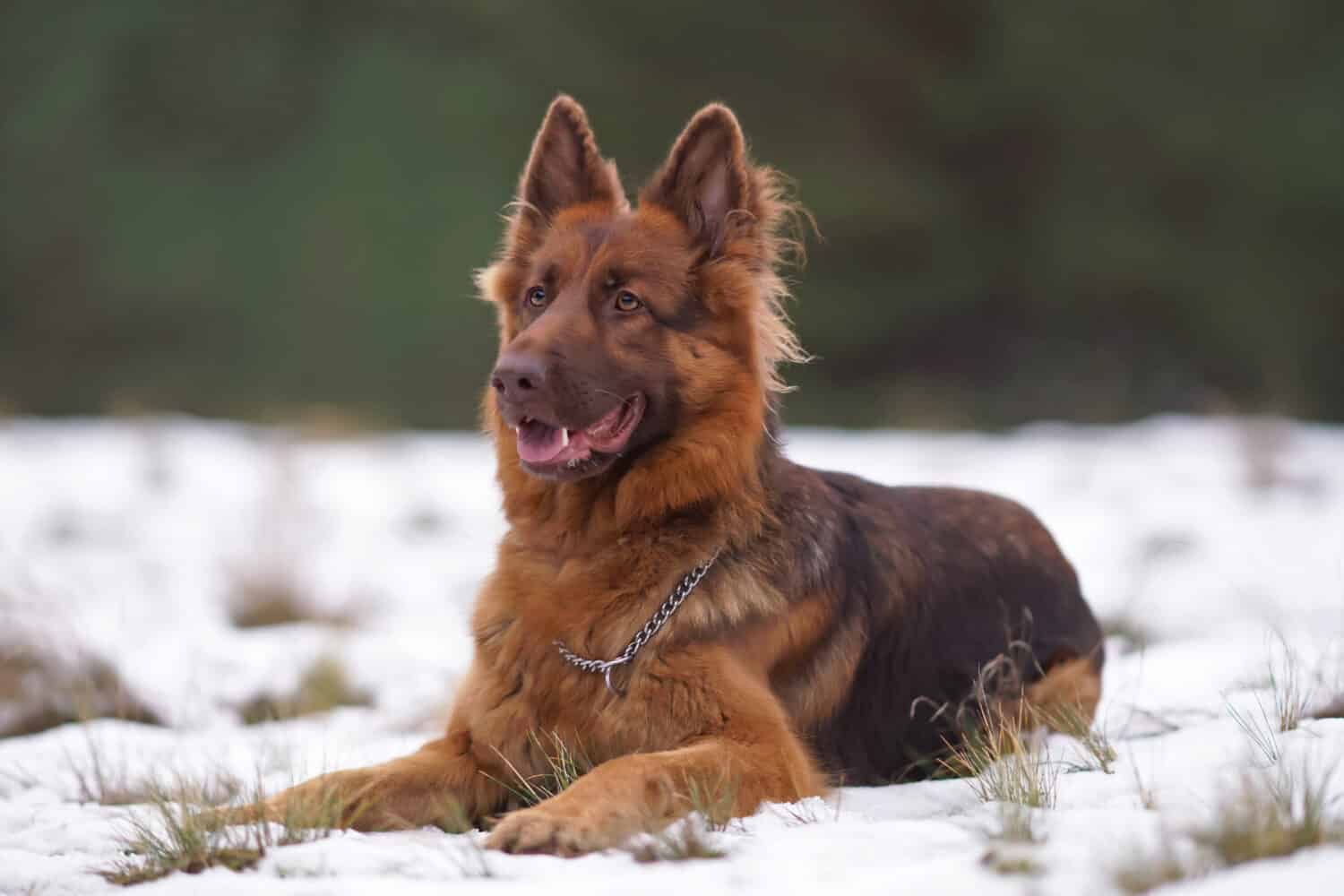
Liver German shepherds stand out with their rich brown coat color
©Eudyptula/Shutterstock.com
2. Blue
Blue German shepherds are recognized for their unique blue or grayish coats. Their coat color is a result of a recessive gene that dilutes the typical black color, creating shades from steel blue to powder blue. Despite the distinct color, they are purebred and registrable with the American Kennel Club, albeit with the blue coat considered a serious fault.
3. White
White German shepherds, characterized by their pure white coats, owe their distinctive look to a recessive gene that inhibits color expression. While purebred and eligible for registration with the American Kennel Club, their white coat is seen as a breed disqualification in certain AKC events.

White German shepherds are recognized by their striking pure white coats.
©Ofenhesse/Shutterstock.com
4. Gray
Gray German shepherds, noted for their distinctive gray or silver coat, are a unique subtype within the breed. This uncommon coat color is due to a dilution of the more prevalent black or brown pigmentation, resulting in various shades of gray.
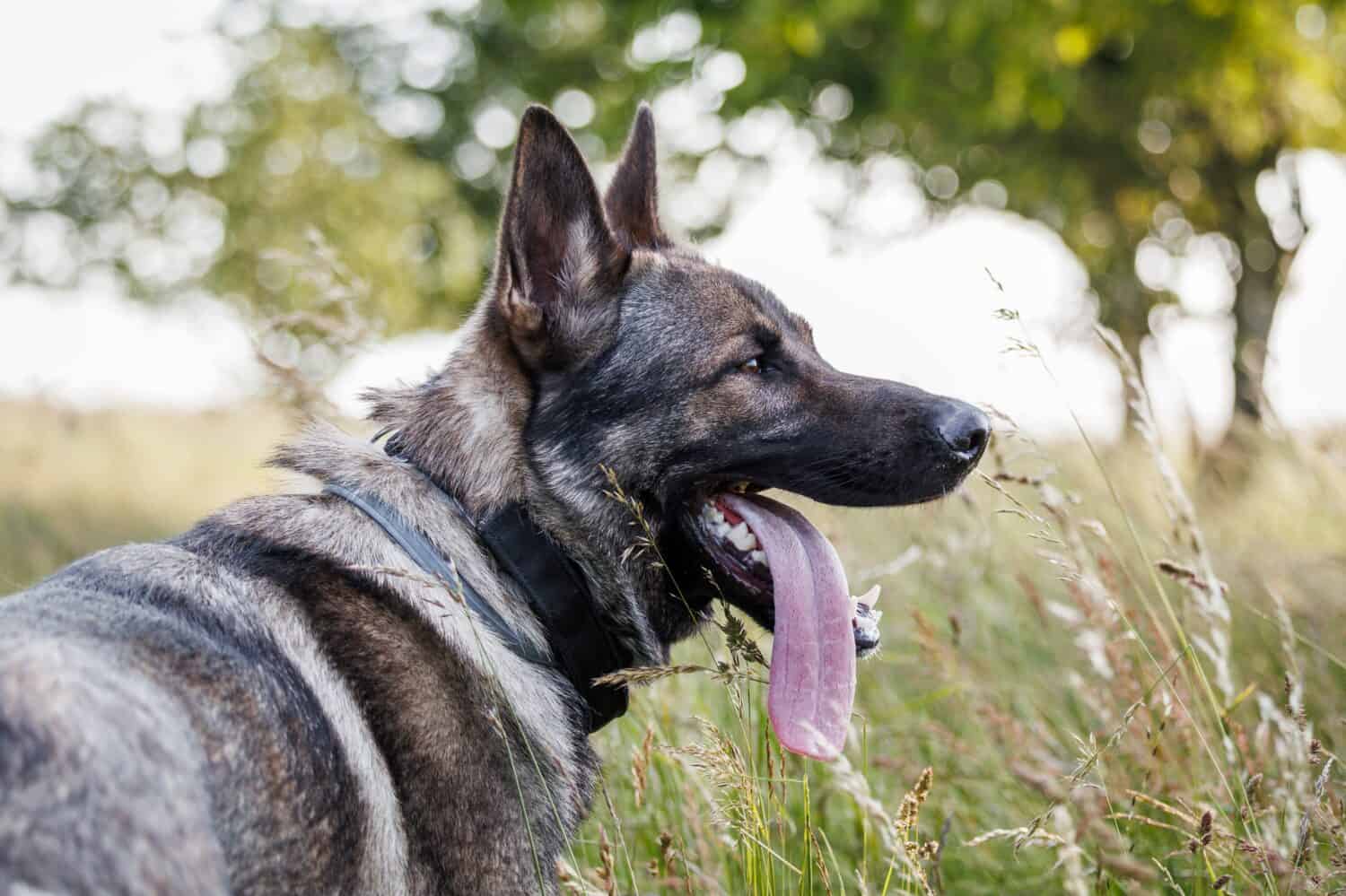
Their coat color is due to a dilution of the more prevalent black or brown pigmentation, resulting in various shades of gray.
©encierro/Shutterstock.com
5. Bi-Color
Bi-colored German shepherds are characterized by their predominantly black coats with tan, brown, or red markings on their legs and face. This represents yet another intriguing variety within the breed. Their distinct bi-color pattern is a result of genetic combinations that influence coat color.
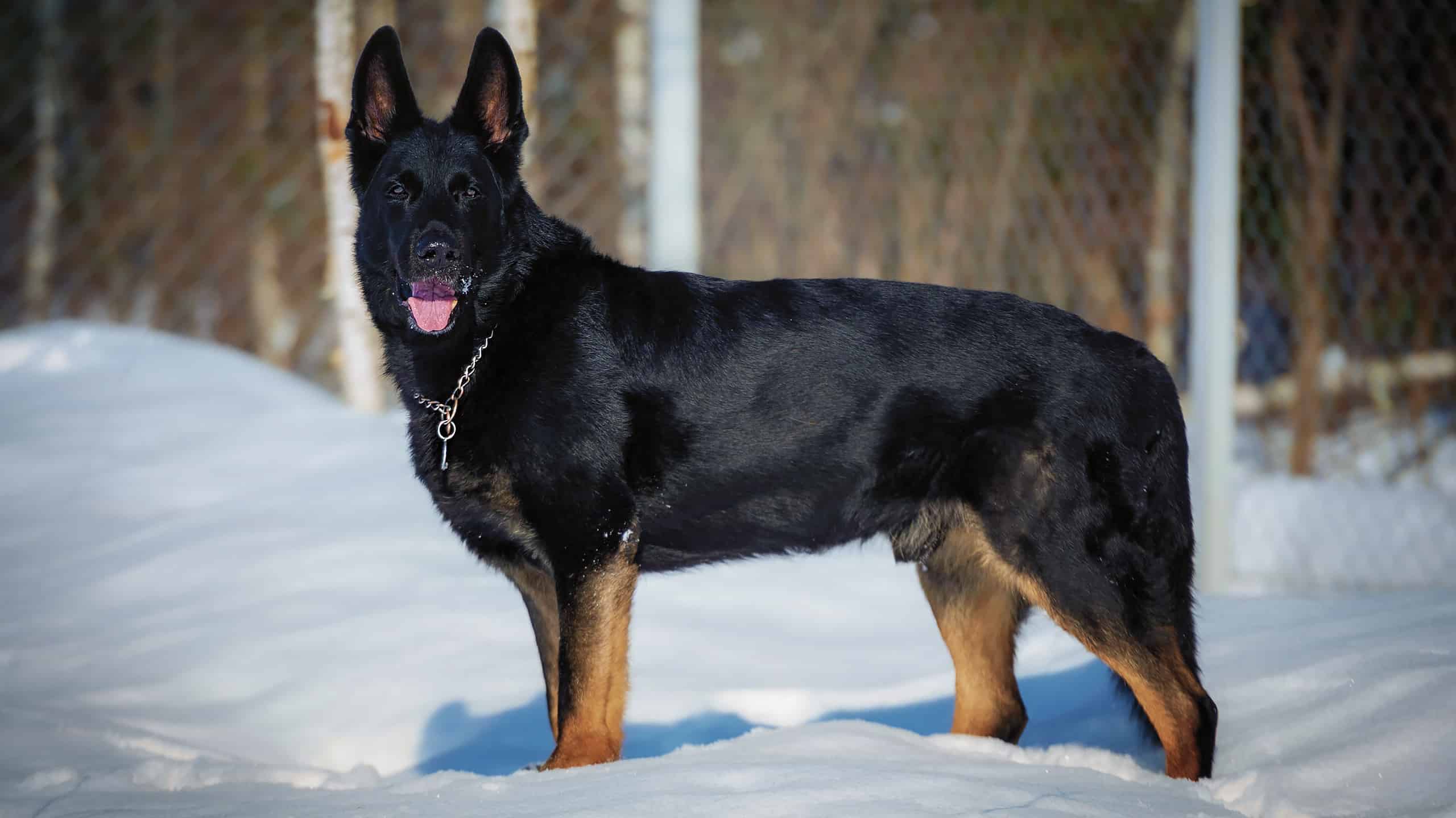
They are known for their predominantly black coat with tan, brown, or red markings on their legs and face.
©Sansargo/ via Getty Images
6. Black
Black German shepherds, distinguishable by their uniform jet-black coat, represent a distinctive subset within the breed. The monochrome color is a result of a recessive gene, ensuring the dense black hue.
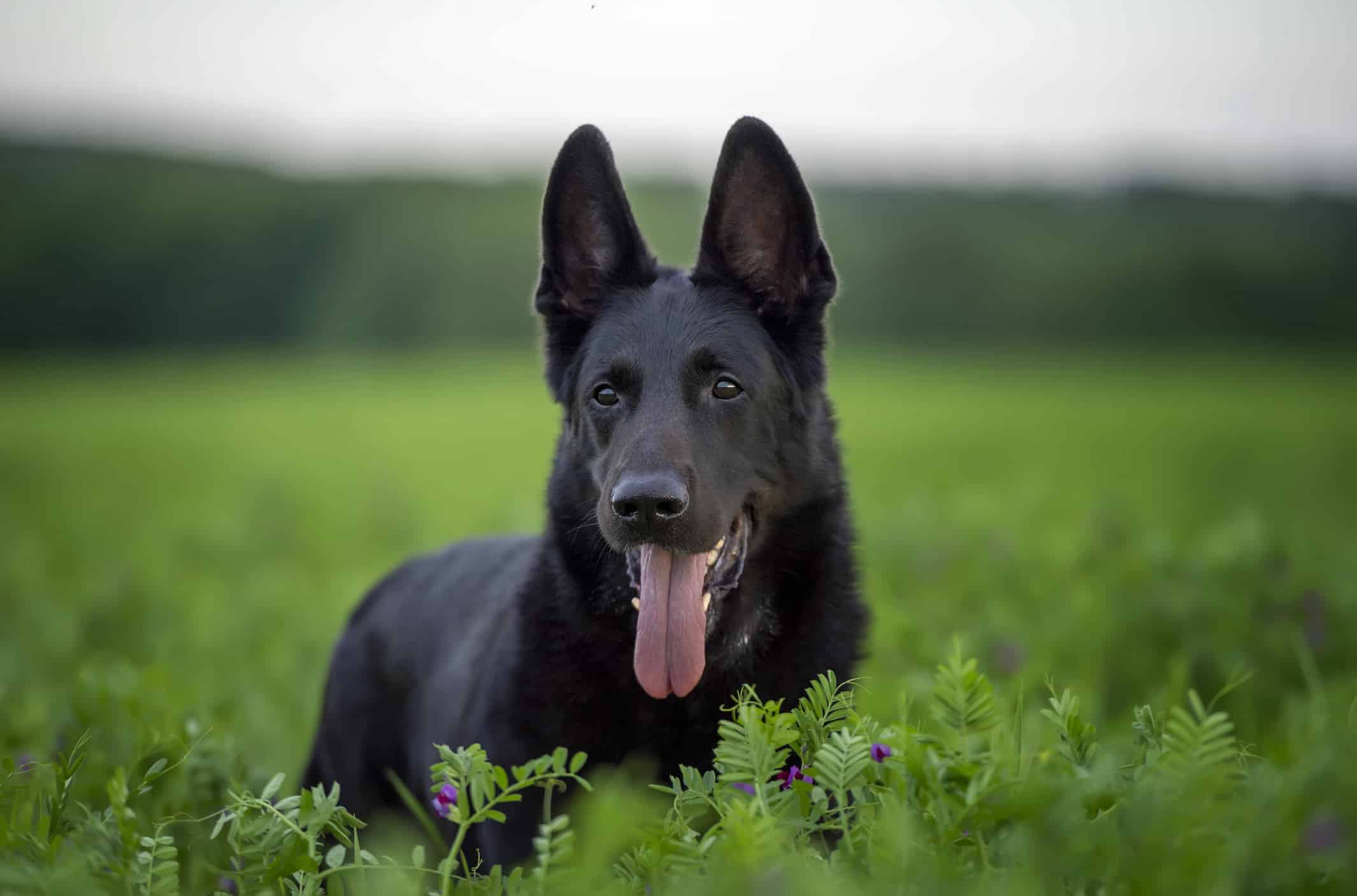
The monochrome color is a result of a recessive gene.
©Sansargo/ via Getty Images
7. Black and Silver
Black and silver German shepherds, identified by their striking black coats contrasted with silver markings. Their coat’s color pattern is a result of specific genetic combinations that create this beautiful contrast, typically from recessive genes.
8. Black and Cream
Black and cream German shepherds are often confused with black and tan due to their similar color patterns. However, the cream in these dogs is a lighter shade, almost a pale cream color. These dogs also have a saddle pattern, with a black back and cream underside, legs, chest, and face.
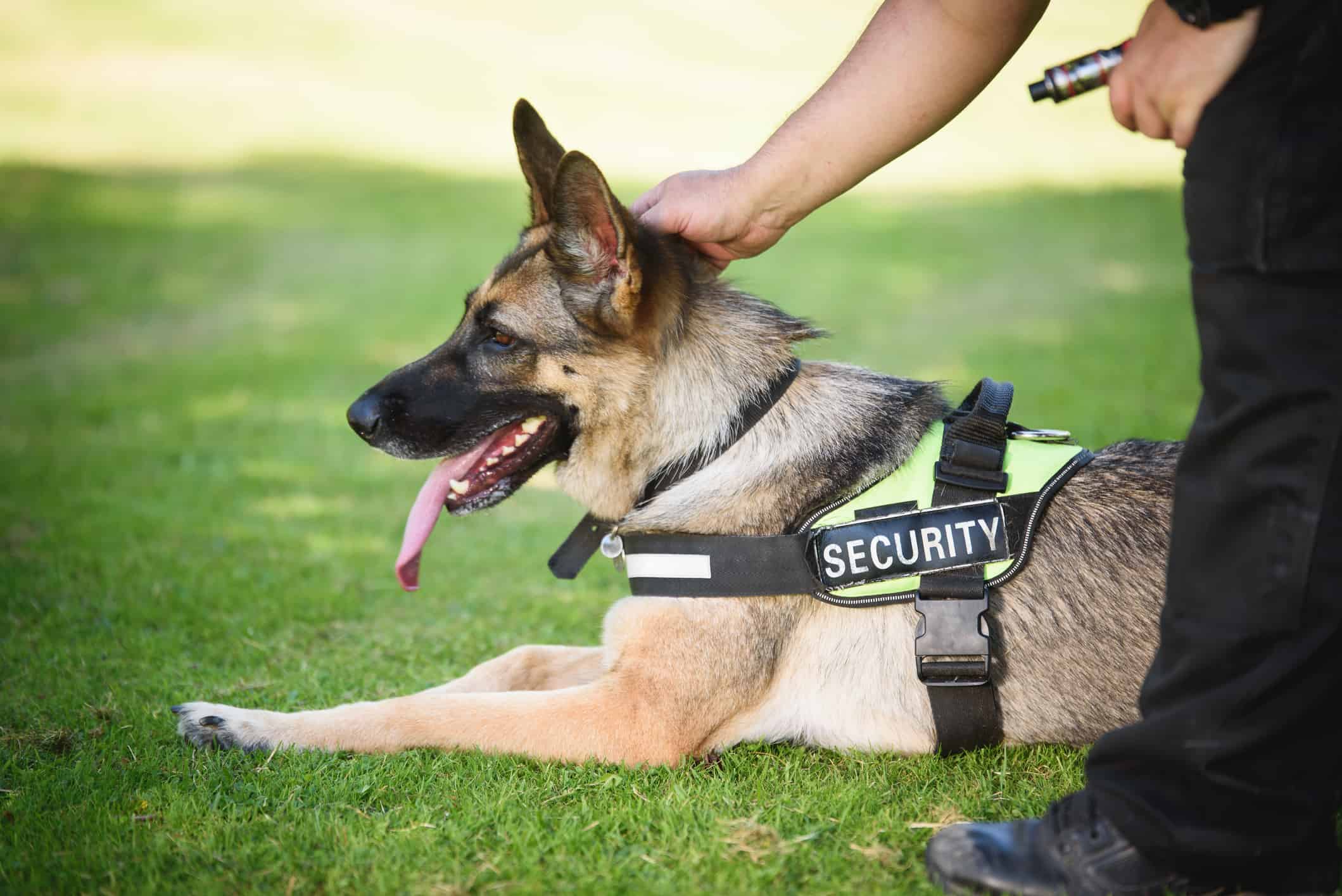
These German shepherds have a saddle pattern, with a black back and cream underside, legs, chest, and face.
©steved_np3/ via Getty Images
9. Sable
Sable German shepherds possess a unique, multi-toned coat where each hair starts lighter at the root and darkens to black at the tip. This wolf-like color pattern varies from light tan to deep brown, creating a visually rich appearance. Despite often being classified as “black,” the sable coat is a gradation of color, making it a distinct characteristic of the breed’s fur pattern.

Despite often being classified as “black,” the sable coat is a gradation of color.
©Oakland Images/Shutterstock.com
10. Black and Red
Black and red German shepherds boast a striking contrast between their vibrant red areas and the deep black saddle and mask. Their red can vary in shade from lighter tones that resemble cream or tan, to more intense, true red hues. Typically, these dogs have a black nose and dark brown eyes, and they may feature white or cream markings on their chest, adding further to their distinct and eye-catching appearances.
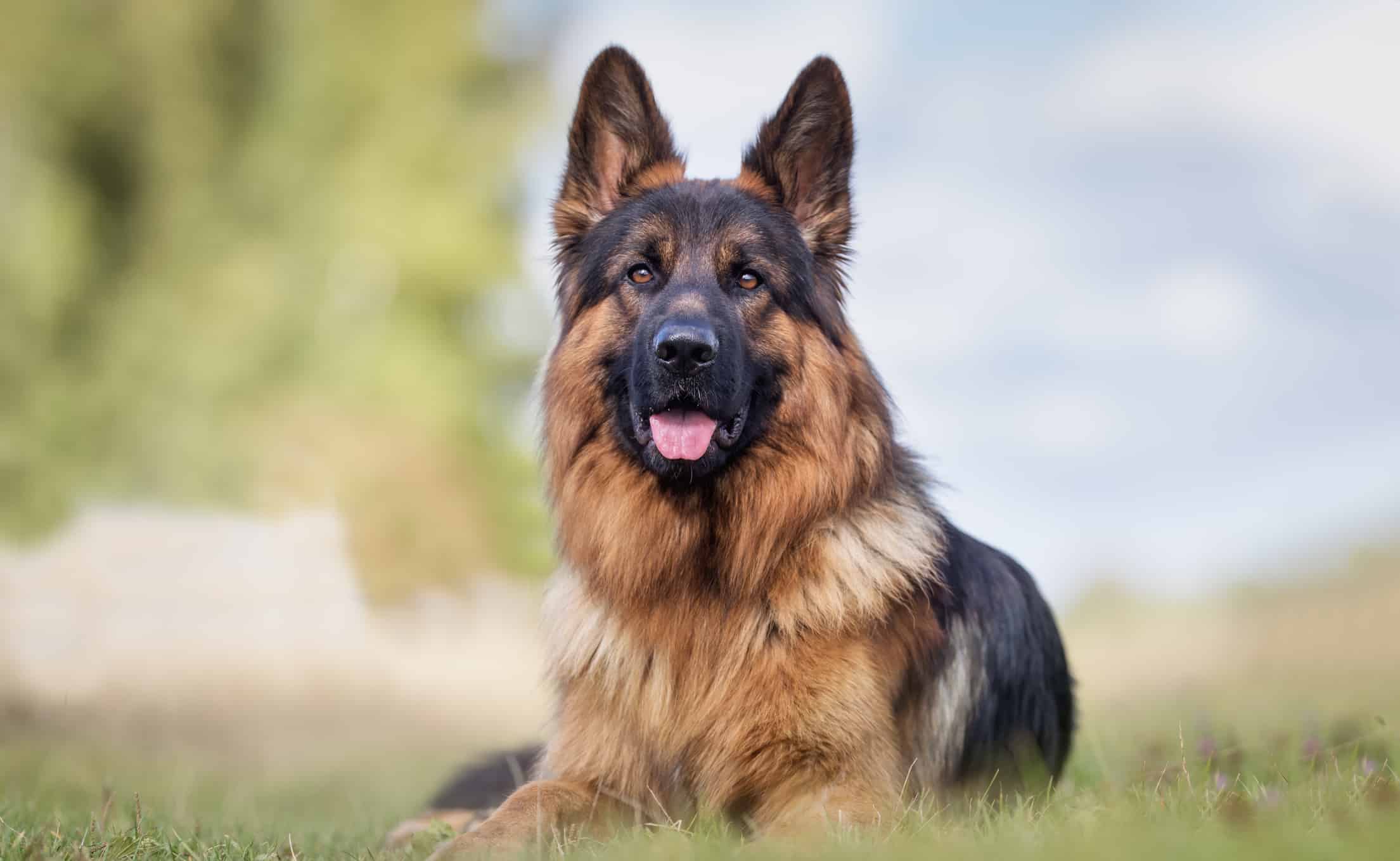
Their red can vary in shade from lighter tones that resemble cream or tan, to more intense, true red hues.
©Bigandt_Photography/ via Getty Images
11. Black and Tan
Black and tan German shepherds are arguably the most recognized color pattern. They have a black saddle covering their back and the rest of their coat is a warm tan color. The tan can vary in shade from light to dark, but it’s usually darker than the cream color seen in black and cream German shepherds.
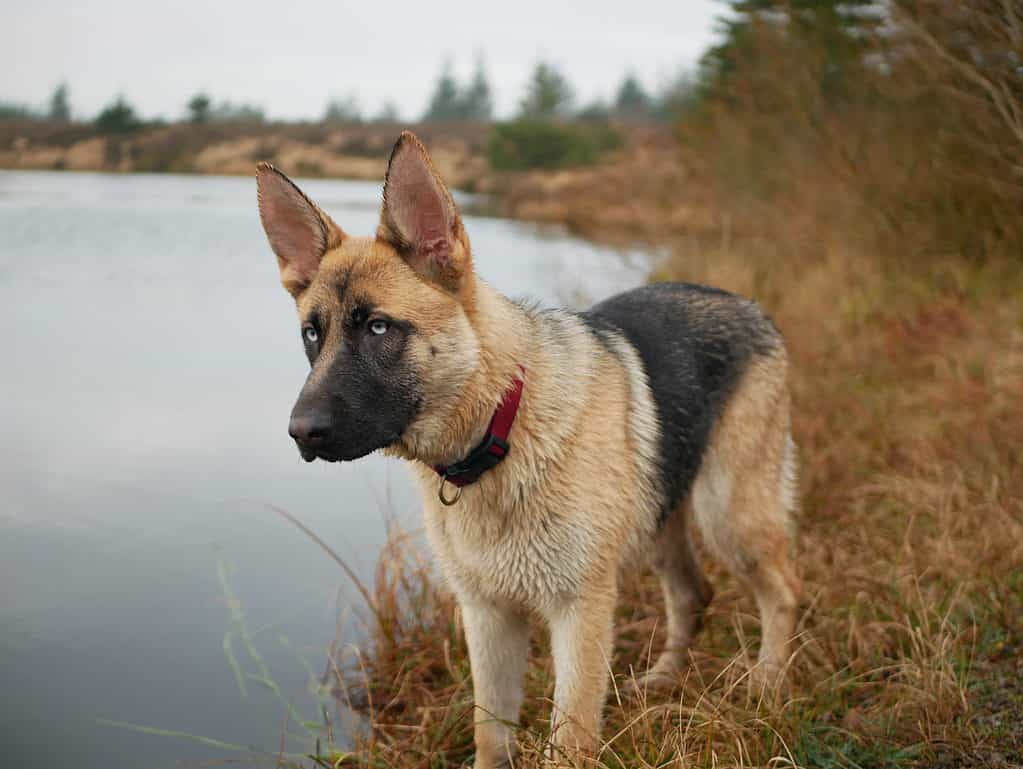
Black and tan German shepherds are arguably the most recognized color pattern.
©Alan Malone/Shutterstock.com
The photo featured at the top of this post is © Cloud Bursted/Shutterstock.com
Ready to discover the top 10 cutest dog breeds in the entire world?
How about the fastest dogs, the largest dogs and those that are -- quite frankly -- just the kindest dogs on the planet? Each day, AZ Animals sends out lists just like this to our thousands of email subscribers. And the best part? It's FREE. Join today by entering your email below.
Thank you for reading! Have some feedback for us? Contact the AZ Animals editorial team.







